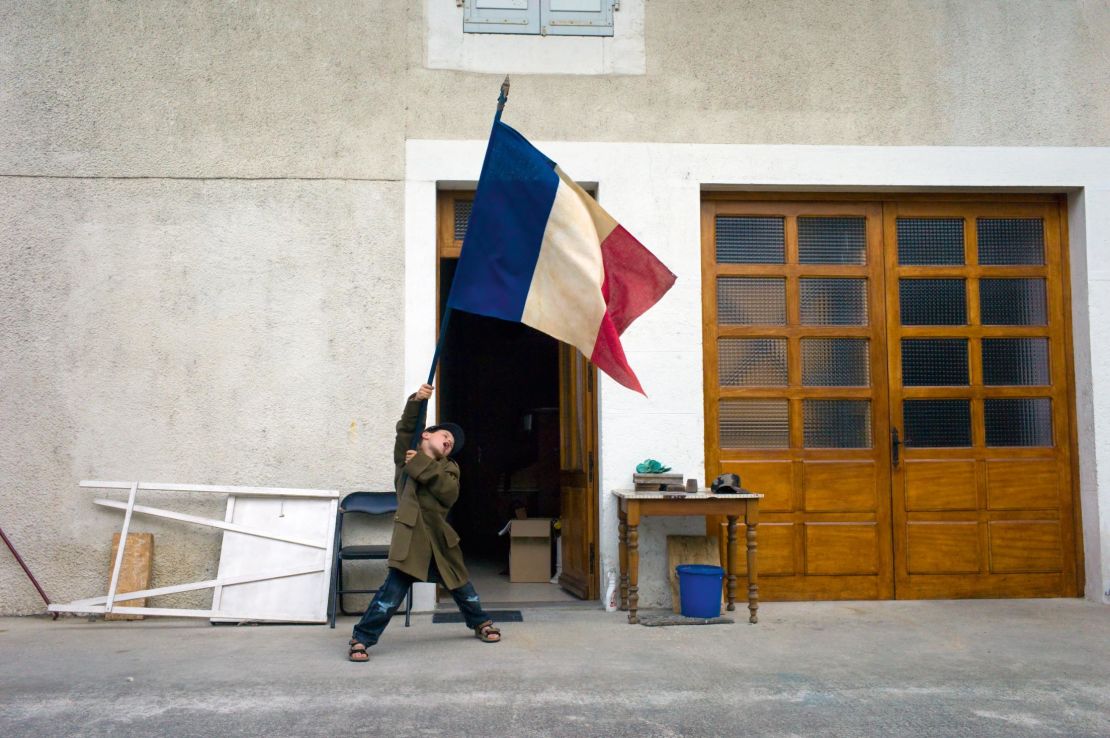Since its birth in the first half of the 19th century, street photography has transformed into an art form in its own right. Simple and spontaneous, pictures by the genre’s greats – from Henri Cartier-Bresson to Robert Frank – have served as historical documents, while speaking to something more universal and human.
This rich history has been captured in the book “Bystander: A History of Street Photography,” a collection of over 300 images compiled by photographer Joel Meyerowitz and writer Colin Westerbeck. Originally published in 1994, a revised edition has been recently issued, featuring updated text and additional contemporary photographs.

Beginning with grainy pictures of 1840s Naples, the book travels through to vibrant images of present-day New York. Whether color or black and white, bustling or tranquil, the selected images demonstrate the genre’s variety.
Yet they also show that street photographers, for all their differences, are bound together by a fascination with the everyday. The very best of them are also united by their ability to find beauty and intrigue in the seemingly unremarkable.
In pictures: A history of street photography
“For the most part (these street photographers) have tried to work without being noticed by their subjects,” the authors say, in the book’s foreword. “They have taken pictures of people who are going about their business unaware of the photographer’s presence. They have made candid pictures of everyday life in the street.

“In the end, street photography, like photography as a whole, runs the gamut of human reactions from celebration to condemnation. That is what makes it a universal language.”
“Bystander: A History of Street Photography,” published by Laurence King Publishing, is available now.
























